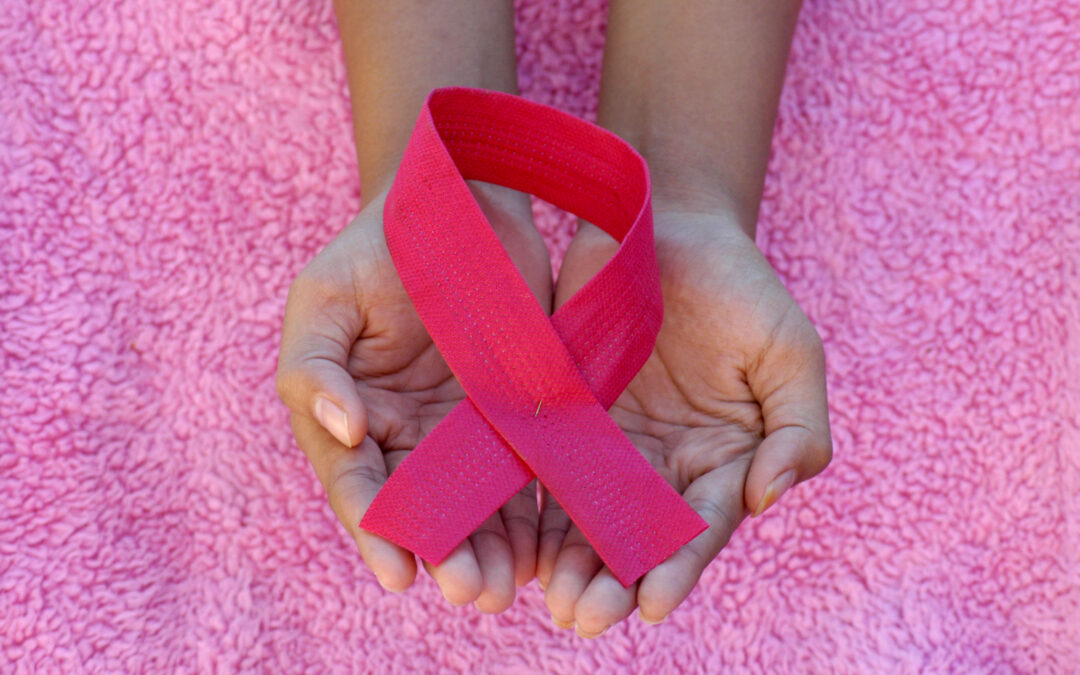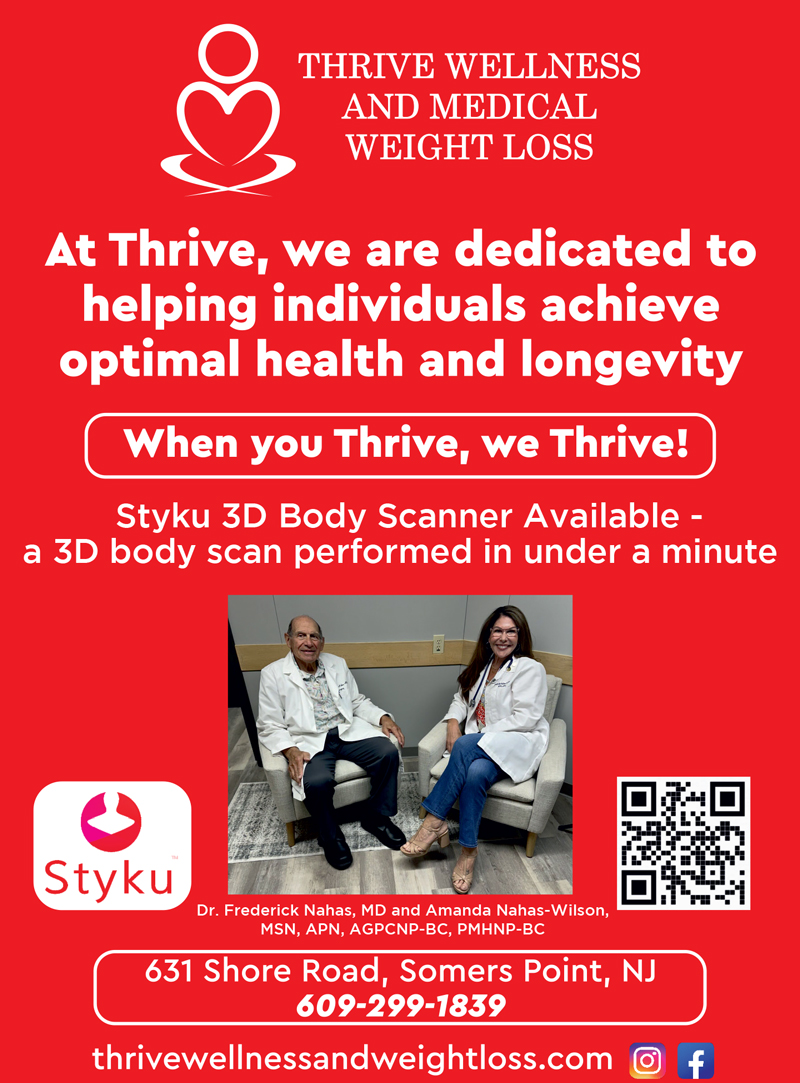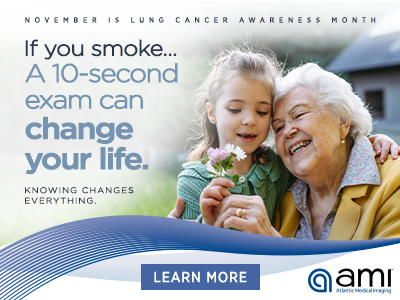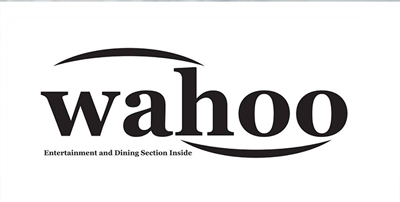Every October, pink ribbons show up everywhere, from t-shirts to store windows to social media feeds. Breast Cancer Awareness Month has become a widely recognized tradition, but behind all the pink is a serious message: breast cancer is still one of the most common cancers, and early detection remains our strongest defense.
Breast cancer can develop slowly or aggressively, often without symptoms in its earliest stages. By the time a lump is felt, the disease may already be more advanced. Approximately 13% of American women, or about 1 in 8, will be diagnosed with breast cancer at some point in their lifetime. That’s why screening is more than a box to check; it’s a lifesaving step. Detecting cancer early dramatically improves the chances of successful treatment.
The new guidelines you need to know
In 2024, the U.S. Preventive Services Task Force updated its recommendations in a major way. It now advises that women at average risk begin mammograms at age 40 and continue every other year until 74. That shift reflects mounting evidence that cancers in younger women were being missed under the old system. The goal is to save more lives and address disparities, particularly among those at higher risk.
These guidelines are written for people at average risk, but many fall outside that category. If you carry a BRCA1 or BRCA2 gene mutation, have a strong family history of breast or ovarian cancer, or had chest radiation at a young age, you may need to begin screening earlier and use additional imaging like MRI. Black women face higher rates of aggressive breast cancer. Ashkenazi Jewish women are more likely to carry BRCA mutations, which can mean a greater lifetime risk of developing breast cancer. Talking with your doctor about your personal risk is the best way to make sure you’re protected.
Overcoming fear and barriers
Even though mammograms can save lives, many women still delay getting them. Approximately 20% of women aged 50–74 have not received a mammogram in the past two years, according to the CDC. Additionally, a 2024 MedStar Health national survey found that 60% of women aged 40 and over are not following the American College of Radiology’s recommendation to have a yearly mammogram if they are at average risk.
For some, it’s the thought of discomfort; for others, it’s the anxiety of waiting for results or the challenge of cost, time, and access. The good news is that mammograms are simple and quick, usually under 20 minutes, and advances in technology have made them far more comfortable than ever. Most importantly, they save lives.
Access is also improving. Starting in 2026, insurers will be required to cover not just screening mammograms, but also follow-up imaging and tests without out-of-pocket costs. That’s a major step toward ensuring no one delays care because of finances.
Today, patients must be informed about their breast density and can discuss whether extra imaging might help. Nearly half of women over 40 have dense breast tissue, which makes cancers harder to spot on a mammogram.
Better technology means better detection
Artificial intelligence is increasingly being used in detecting breast cancer, and it’s making a noticeable difference in screening and diagnosis. AI algorithms can analyze mammograms and other imaging much faster than humans can, identifying subtle patterns that might be missed by the eye. Some systems are even able to predict the likelihood of cancer with high accuracy, flagging suspicious areas for radiologists to review.
AI doesn’t replace doctors; it acts as a powerful second set of eyes, helping reduce false positives and false negatives, which can mean earlier detection and fewer unnecessary biopsies. Research also shows that combining AI with radiologist expertise can improve diagnostic accuracy beyond what either can do alone.
Turning awareness into action
Breast Cancer Awareness Month is about more than wearing pink. It’s about making appointments, having honest conversations with your doctor, and encouraging friends and family to do the same. If you’re 40 or older and haven’t had a mammogram, now is the time. If someone you love keeps putting it off, be the nudge that gets them through the door.
The pink ribbons of October symbolize progress and hope, but they also remind us to act. With new guidelines urging earlier screening, policies expanding access, and technology making detection sharper than ever, the tools are in our hands. The next step is yours. Scheduling that mammogram could be a decision that saves your life.
Robin is a former television reporter for NBC News 40. She currently hosts a podcast and radio program called Living Well with Robin Stoloff. It airs Sundays at 10 AM on Lite 96.9. You can email Robin at livingwellwithrobin@gmail.com
















